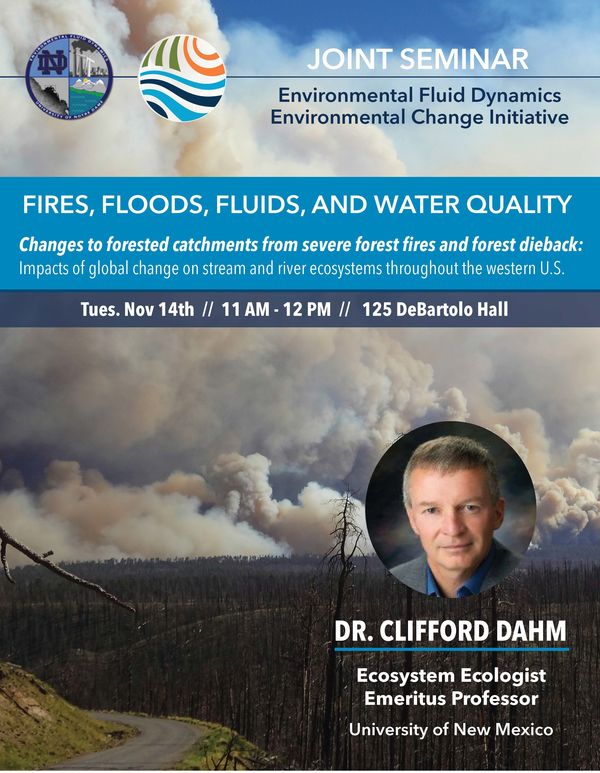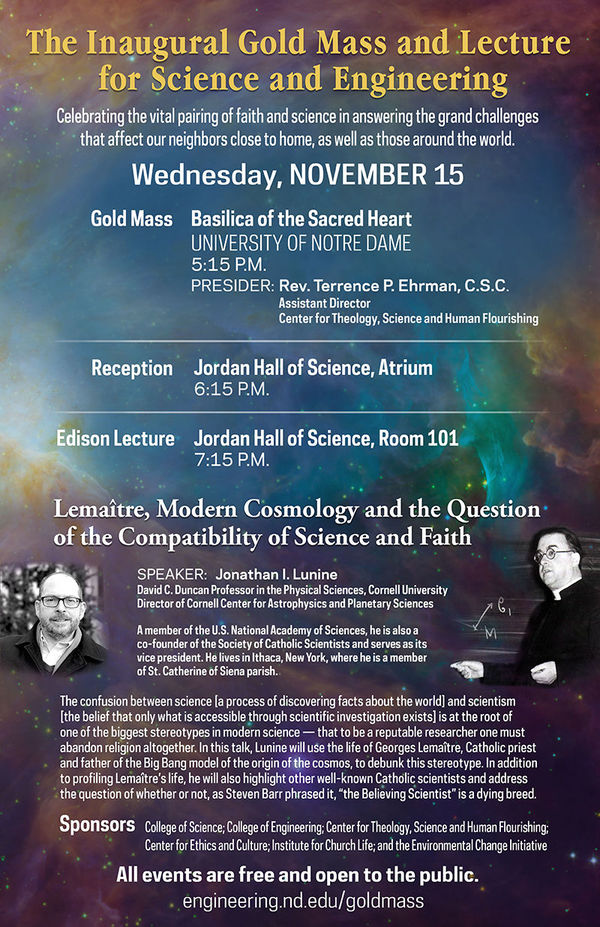ND-ECI Brown-Bag Seminar: Environmental Statistics

Wednesday, November 8, 2017


Alaska has been the source of myth and legend in the imagination of Americans for centuries, and what was once the last frontier of American expansion, has become…
Monday, November 13, 2017
In coordination with South Bend's Near Northwest Neighborhood and the St. Joseph County Health Department, the Eck Institute for Global Health is hosting two experts from Green & Healthy Homes Initiative in the field of lead abatment and healthy housing. Join the discussion and learn what our community can do to address living with lead right here at home.
Tuesday, November 14, 2017

Wildfire activity in the western United States increased abruptly in the mid-1980s and has continued to ramp up rapidly over the past two decades. Rising temperatures, earlier snowmelt, more rain…
Wednesday, November 15, 2017

…

Tuesday, November 28, 2017
Stacey Gilk, Assistant Professor in the Department of Microbiology and Immunology at Indiana University School of Medicine, will give a seminar on Tuesday, November 28 at 4:00 pm in 283 Galvin.